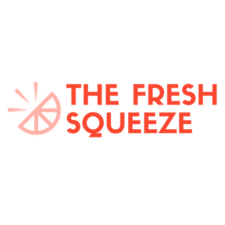When it comes to fitness, it’s easy to think more is always better—more sets, more reps, more workouts. But here’s the truth: progress doesn’t happen in the gym—it happens during recovery. Rest days are where your muscles repair, your nervous system resets, and your body adapts to come back stronger.
Let’s break down the science of recovery and why the right balance of rest, movement, and nutrition matters just as much as your hardest training session.
What Happens When You Train
Every workout creates micro-tears in muscle fibers. This isn’t a bad thing—it’s the trigger your body needs to repair and grow stronger. But the repair process only happens when you allow your body time and resources to recover.
At the same time, training stresses your nervous system, which regulates energy, coordination, and focus. Without rest, you risk fatigue, poor performance, and even injury.
Why Rest Days Matter
-
Muscle Repair: Your body uses protein to rebuild torn muscle fibers into stronger tissue.
-
Energy Replenishment: Glycogen (your muscles’ fuel) gets restored during downtime.
-
Nervous System Reset: Rest lowers stress hormones and restores balance, helping you stay sharp and focused.
-
Injury Prevention: Overtraining increases the risk of strains, fatigue, and burnout.
Smart Nutrition for Recovery
Protein: The Building Block
Protein provides the amino acids needed for muscle repair.
👉 Tip: Aim for 20–30g of protein within an hour of training, and spread intake across the day.
BCAAs: Targeted Muscle Support
Branched-chain amino acids (leucine, isoleucine, valine) help reduce soreness and speed recovery.
👉 Best for: Intense training days or when you can’t get enough protein through food.
Magnesium: The Relaxation Mineral
Magnesium supports muscle relaxation, reduces cramping, and improves sleep quality—making it a recovery powerhouse.
👉 Sources: Nuts, seeds, leafy greens, or supplements before bed.
Active vs. Passive Recovery
Rest doesn’t always mean lying on the couch. In fact, active recovery can speed healing.
-
Active recovery: Light movement like yoga, walking, or swimming to boost circulation.
-
Passive recovery: Complete rest, good sleep, and stress management.
The best approach? Mix both, depending on how your body feels.
Signs You Need More Recovery
-
Persistent soreness or fatigue
-
Drop in workout performance
-
Poor sleep or irritability
-
Recurring small injuries
If you notice these, it’s your body asking for a break.
Final Thoughts: Train Hard, Rest Smarter
Workouts challenge your body—but recovery transforms it. By honoring rest days, fueling with protein, BCAAs, and magnesium, and balancing active and passive recovery, you’ll build more strength, avoid burnout, and perform at your best.
✨ Remember: skipping recovery is like skipping half your workout.
